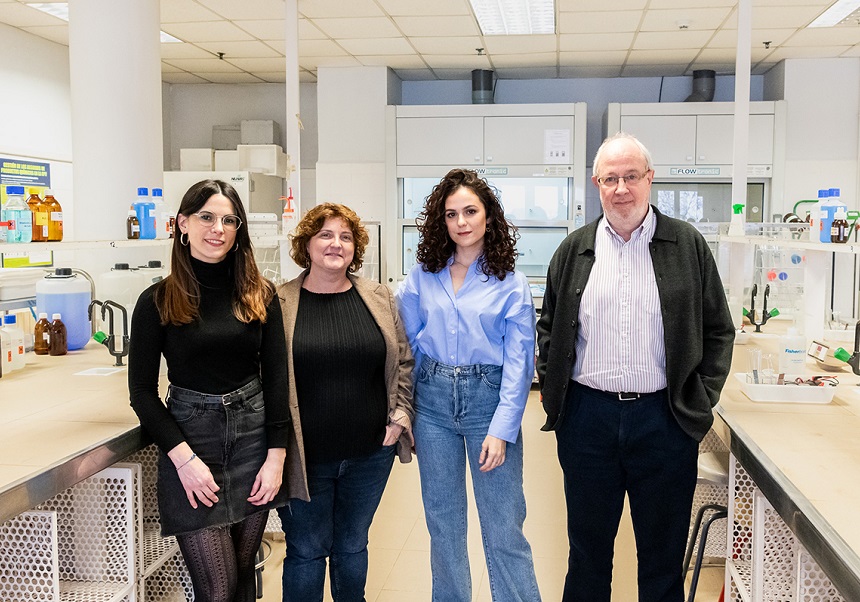
IDM researchers in collaboration with research groups from the Universitat de València (UV), the CIBER de Bioingeniería, Biomateriales y Nanomedicina (CIBER-BBN), the CIBER de Enfermedades Neurodegenerativas (CIBERNED) and the Centro de Investigación Príncipe Felipe (CIPF) have developed a probe to detect senescent cells in urine.
The research, published in Nature Communications, highlights that senescent cells are a hallmark of aging, being associated with age-related diseases.
How does the probe work? Very simply, after being injected intraperitoneally, the initially inactive molecular probe (OFF), activates its fluorescence by interacting with the enzyme β-galactosidase present in senescent cells (ON). This compound is rapidly secreted through the urine.
What does the system offer? The ability to monitor aging processes and treatments.
This innovative approach could transform therapeutic monitoring, not only in the field of aging, but in other areas where senescence plays a crucial role, such as cancer.
This successful result highlights the talent and dedication of our researchers, as well as their strong commitment to scientific advancement. Congratulations colleagues, excellent work!
Reference:
Rojas-Vázquez, S., Lozano-Torres, B., García-Fernández, A. et al. A renal clearable fluorogenic probe for in vivo β-galactosidase activity detection during aging and senolysis. Nat Commun 15, 775 (2024).









